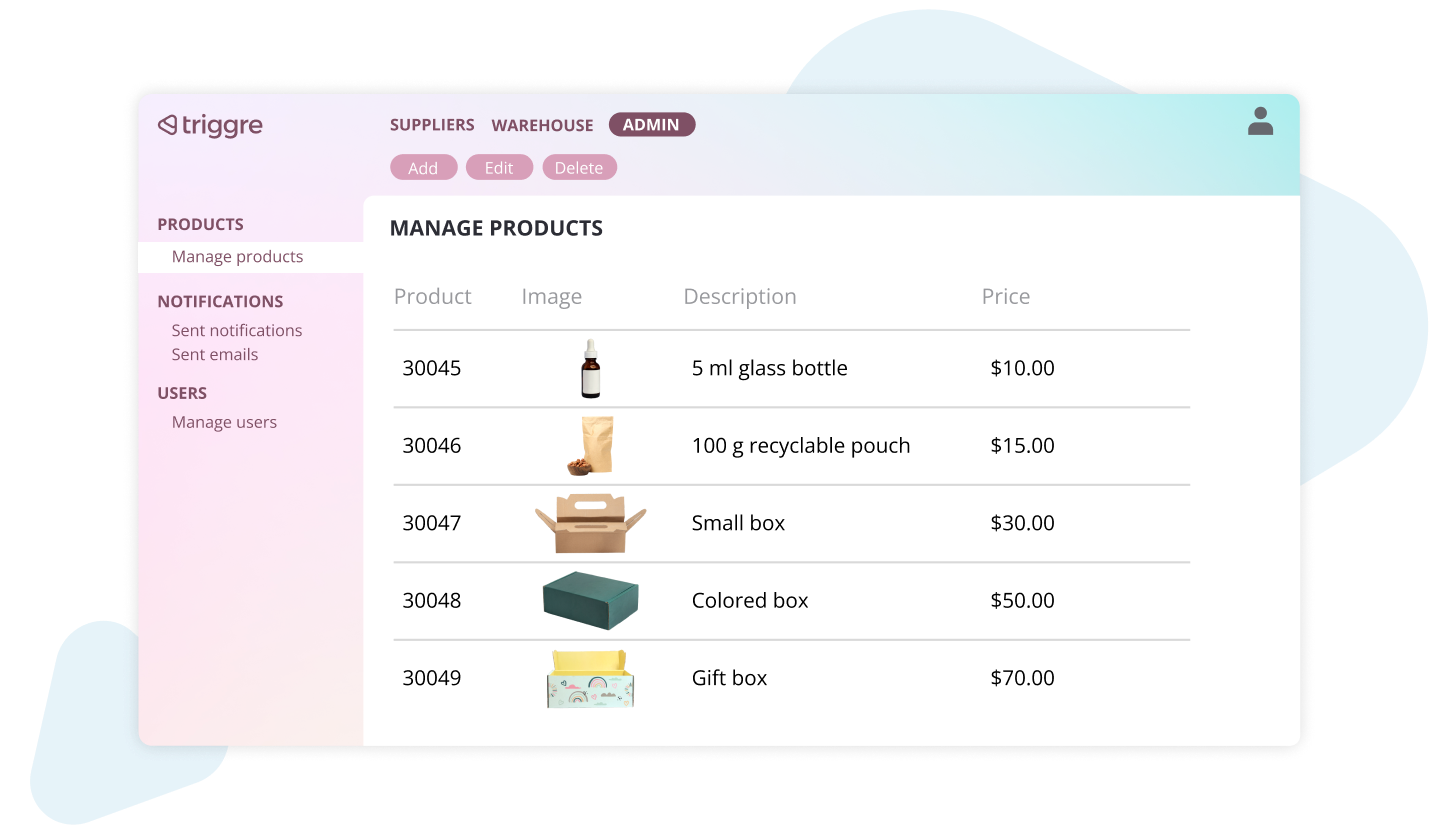
By signing up for your free account, you agree to receive e-mails from Triggre.
Building a dealer portal can unlock major efficiencies for manufacturers and suppliers who rely on third-party sales networks. But knowing what to include, and in what order, can make all the difference between a dealer portal that’s truly useful and one that adds friction.
A dealer portal should streamline operations, give dealers access to key information, and enable manufacturers to stay in control. In this article, we’ll walk through the essential components of a modern dealer portal, step by step, with practical considerations for implementation.
Quoting is one of the most frequent tasks in a dealer’s daily routine. Your dealer portal should make it easy to generate accurate quotes based on real-time product data.
This means connecting your product and pricing database, and allowing for:
Including a smart quote builder early in your dealer portal project allows dealers to respond to customers faster, without needing to call your internal sales team.
After quoting, the next logical step is to facilitate payment. This doesn’t mean jumping straight to a full ecommerce system, but you should provide:
By building this in early, you reduce back-and-forth emails and make it easier for dealers to move forward without delays.
Once quoting and payment are in place, you can start automating the order process. A useful dealer portal allows dealers to:
You might choose to begin with a manual review step where your internal team approves incoming orders, before moving to full automation. Over time, orders can even flow directly into your ERP or CRM system.
This approach also creates useful data. Past order patterns can help manufacturers predict future demand, adjust stock levels, and better understand regional differences. We've discussed this in more detail in our blog on optimizing dealer operations.
To help dealers sell more effectively, your portal should offer access to:
Dealers can then act more independently, reducing your support burden while improving customer service.

Adding real-time stock data makes your dealer portal even more useful, allowing dealers to see current availability, estimated restock dates and location-based stock (if relevant).
This moves your portal toward becoming a B2B web shop, without the full complexity of ecommerce. It also supports better planning on the dealer side, especially when lead times are a concern.
Your dealer network may include different tiers — distributors, installers, retailers, and so on. Your portal can reflect this structure, showing different data and options depending on the type of dealer.
For example, higher-tier dealers might have access to bulk pricing, while smaller resellers might only see recommended retail prices, and some dealers might get exclusive early access to new products.
Once your ordering system is stable, consider automating the payment flow further. This could include:
This not only saves time but also reduces errors in invoicing and reconciliation.
Your dealer portal should support ongoing communication, not just transactions. Useful features to include:
This strengthens your dealer relationships and ensures your brand is well represented in every sale.
Dealers might not always know the exact product name or number. Including a smart search bar that supports natural language searching helps them find what they need more quickly.
This can be especially useful when dealing with legacy parts, regional product codes, or similar items with slight variations.
Only the dealer knows when a product is installed. Your portal can include:
This helps you track product usage, improve support, and collect more accurate lifecycle data.
Once your portal has a strong foundation, the final step is integrating with your internal ERP or CRM system. This ensures that:
While this step brings complexity, the return on investment is high, especially if you’re handling hundreds or thousands of dealer transactions each year.
Building a dealer portal doesn’t have to be overwhelming. Start with the basics —like quotations and payments — then expand into order management, communication, and data integration.
By thinking in stages and focusing on what dealers actually need, you can build a tool that increases sales, reduces friction, and provides valuable insights for your business.